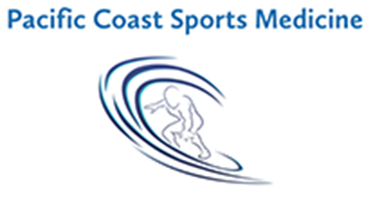What Are Orthobiologics?
Orthobiologics are natural substances - like platelets, bone marrow, or fat tissue - that come from your own body or from donor sources. They're being studied in orthopedics to see if they may support the body's natural recovery processes. These products do not replace damaged tissue directly, but they may interact with your body's signaling systems that regulate inflammation and healing. Their use remains investigational in many orthopedic contexts, especially when applied to soft tissue or degenerative conditions.
Why Are Orthobiologics Used in the Shoulder?
The shoulder is a complex joint that often suffers from injuries to soft tissues like the rotator cuff or from degenerative issues like arthritis. Orthobiologics are sometimes used in these situations to:
- Support the local environment inside the joint
- Modulate inflammation
- Provide a structural scaffold (in the case of bone grafts)
Common Orthobiologic Options Being Studied
Platelet-Rich Plasma (PRP)
PRP is made by drawing your blood and spinning it to concentrate platelets. These platelets release signaling proteins that may help regulate healing responses. While PRP is widely used in orthopedics, more research is needed to determine its effectiveness for rotator cuff injuries or shoulder arthritis.
Umbilical Cord-Derived Materials (e.g., Wharton's Jelly)
These tissues are collected after live births and may contain signaling molecules of interest. Research is ongoing, and there's no FDA approval for their use in treating shoulder conditions.
Bone Grafting (Autograft or Allograft)
Bone grafts may be used in shoulder surgeries - like fracture repair - to help support bone healing. This is considered standard surgical practice in certain situations.
Cartilage Restoration Procedures
Cartilage repair techniques - such as microfracture or osteochondral grafting - are used in some cases of cartilage injury. The use of orthobiologics alongside these techniques is still under study and is not yet approved for degenerative arthritis.
What Are the Risks?
Every procedure has potential risks. With orthobiologics, these can include:
- Pain or swelling at the injection site
- Infection
- Nerve sensitivity
- No guaranteed results or improvements
FDA Disclaimer: Orthobiologics and related cellular products are not approved by the U.S. Food and Drug Administration (FDA) to diagnose, treat, cure, or prevent any disease unless explicitly stated. Use of these materials in orthopedic settings is considered investigational when applied to soft tissues or degenerative conditions. This content is for educational purposes only and does not constitute medical advice.




